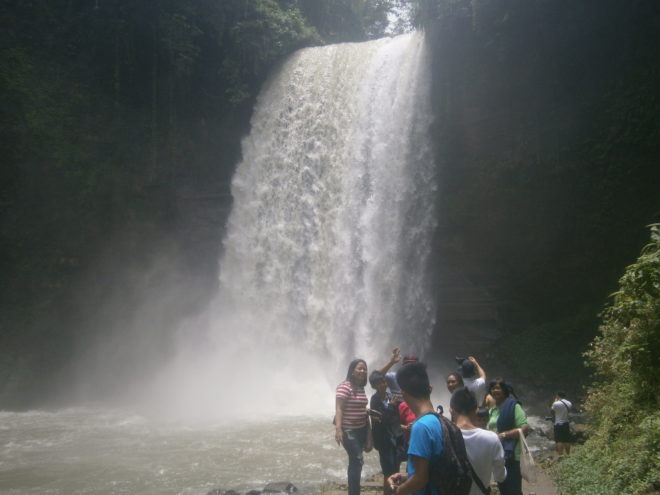
Soccsksargen in south central Mindanao is a region poised to become a major tourist destination in the Philippines, if it isn’t already. It has more than its share of lakes, mountains, beaches, falls, caves, marine parks, ancestral homes, arts and crafts and, first and foremost, as regional officials point out, a rich cultural diversity embracing the Christian, Muslim and Lumad heritage.
There are activities such as paragliding, ziplining and white-water tubing, aside from the more conventional bird-watching, swimming, snorkeling and diving.
The region includes the provinces of South Cotabato, Cotabato, Sultan Kudarat and Sarangani, and the cities of Cotabato, General Santos (GenSan), Kidapawan, Koronadal and Tacurong.
Among the leading ecodestinations is Lake Sebu in South Cotabato, with its seven falls, the ancestral domain of the T’boli ethnolinguistic group. “We are still fighting for our ancestral domain,” declares a spokesperson of the tribe.
The Department of Tourism (DOT) in the region, one of the organizers of the recent four-nation Budayaw Festival in GenSan, treated media participants of that event to a side trip to scenic Lake Sebu, which is both a lake and a municipality; it is an hour’s ride from Koronadal and two hours from GenSan.
The scene is replete with mountains and forests, and flower pots simulating ethnic gongs announce the entry into Lake Sebu, with the sign reminding you that this is the ancestral domain of the T’boli.
Smooth highway
The lakeshore town, bounded by mountains, is much changed since one’s first visit 20 years ago. The dirt roads have given way to a smooth highway. There are more resorts now and more cottages, with traditional architecture seemingly in decline. It is still alive, however, in the Catholic mission school which is open to all religions, and where many prominent persons in the province studied.
The seven falls are scattered over a large area, and it is not possible to see them during a brief visit, but the first, and the most accessible, of the falls is alone worth the trip. It is impressive, a photographer’s delight. There were many photo opportunities for the media team.
Afterward, many opted for the zipline. And there was much yelling and applause as they zoomed over the deep ravine, a balloon-like object floating above them, and landing in the station near the forested area.
Another important destination here is the Grand Dulay T’nalak Weaving Center, with the color red of the fabric standing for bravery, white for purity as well as for the spirit of the abaca, and black for struggle, specifically against discrimination.
“Do not disrespect the spirit or karma may befall you,” the tour guide warned.
The afternoon was given to a cruise around the lake courtesy of Punta Isla Lake Resort, which gave the visitors an eyeful of the islands, forests and mountains in the background. There was one island called Crocodile Island because its contour resembled that of the large reptile asleep. The T’boli women danced, accompanied by the percussion musical instruments of the young T’boli males. Fresh fish, bounty from the lake, was served along with steamed rice.
A light rain fell and the mists from the mountains descended upon the lake and nearby trees, adding to the beauty of the place, one of the top tourist destinations in Mindanao.